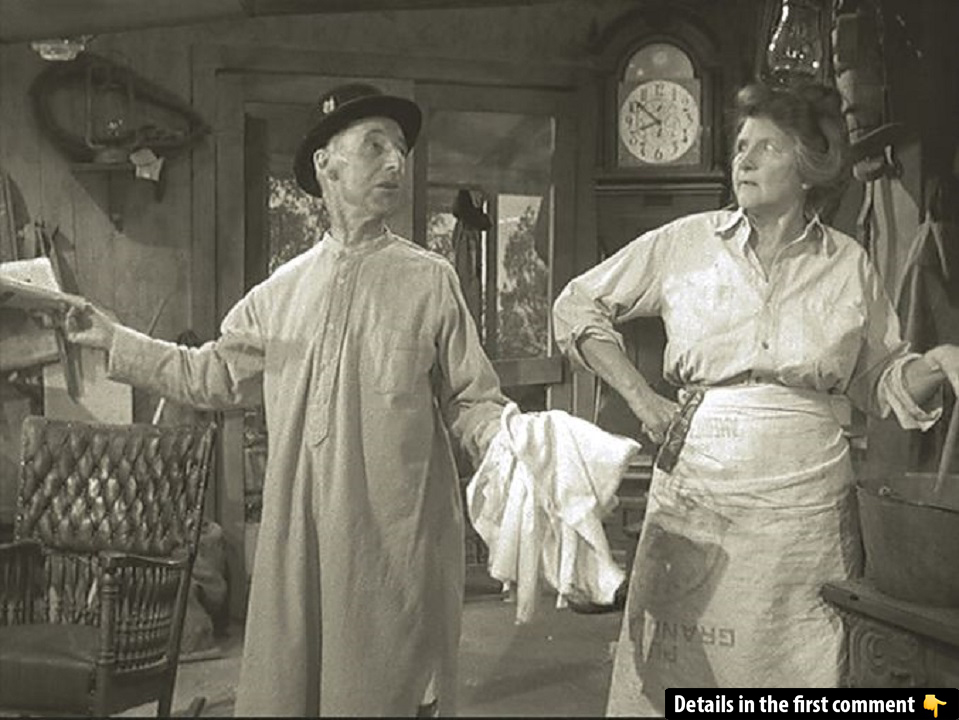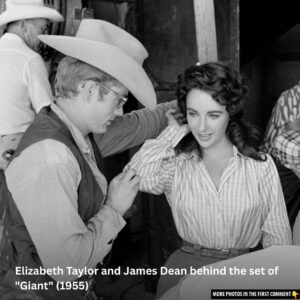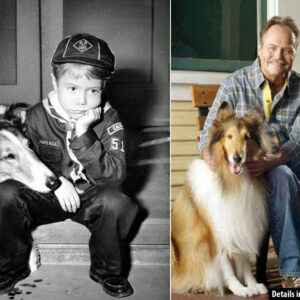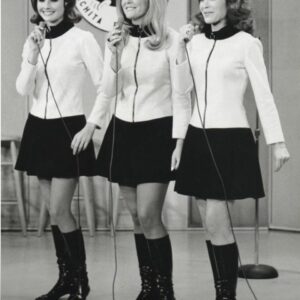In the mid-20th century, Hollywood was full of stars, but it was a pair of unlikely, unsophisticated characters who would capture the hearts of audiences everywhere. Ma and Pa Kettle, portrayed by Marjorie Main and Percy Kilbride, debuted in The Egg and I (1947), quickly becoming a cultural sensation. Though they were initially just secondary characters, these two simpletons would soon become the focal point of a wildly popular film series, launching a legacy that would endure for decades.
But how did this unexpected duo gain such widespread appeal? To understand their lasting success, we need to explore how they went from comic sidekicks to beloved icons.
The Egg and I: The First Encounter with Ma and Pa
Ma and Pa Kettle became cultural icons, but their journey to fame began in the most unexpected of places. In Betty MacDonald’s 1945 bestseller The Egg and I, they were just minor characters, yet their presence would soon leave a lasting mark. When the book was adapted into a film two years later, starring Claudette Colbert and Fred MacMurray, it seemed like the perfect setup for a lighthearted comedy about farm life. However, it was Marjorie Main and Percy Kilbride’s unforgettable performances as the Kettles that stole the show, despite their brief screen time. Main’s gravelly voice and Kilbride’s deadpan delivery brought an undeniable charm to the duo, creating a chemistry that audiences couldn’t resist.
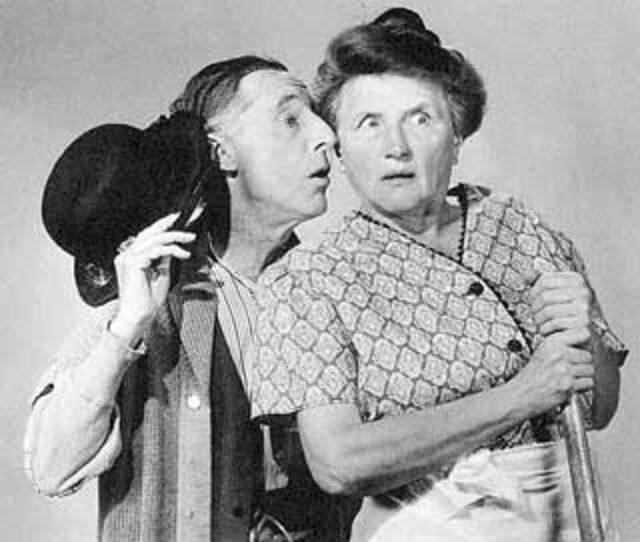
Though Ma and Pa Kettle’s total screen time was limited to just 21 minutes, it was enough to captivate viewers and earn Main an Oscar nomination for Best Supporting Actress. Universal Studios, recognizing the potential of these lovable characters, quickly moved to capitalize on their success, launching a series of films. This not only cemented Ma and Pa Kettle’s place in the hearts of audiences but also helped Universal Studios recover from its financial struggles.
Now, watch this charming moment as Ma and Pa Kettle make their screen debut in this trailer for The Egg and I:
The Ma and Pa Kettle Film Series: The Rise of a Beloved Franchise
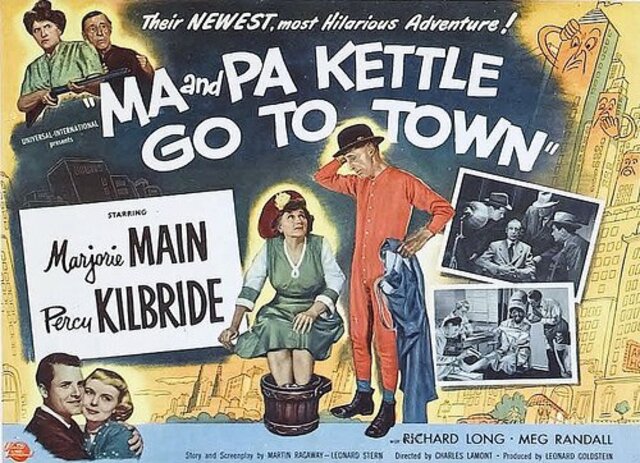
The success of The Egg and I led to the creation of eight films starring Ma and Pa Kettle, each building on the previous one in a kind of feature-length serial. The first of these films, Ma and Pa Kettle (1949), introduced the Kettles to audiences in their own right. Pa wins a futuristic Dream House, and the comedy ensues as he and Ma struggle to understand all the newfangled gadgets.
The Kettle films were produced on modest budgets, usually under $400,000, but their charm was undeniable. The first three films alone grossed $8 million, and the entire series went on to make $35 million—an impressive sum for its time. The success was attributed not to critical acclaim but to the unwavering popularity of Ma and Pa Kettle, with their antics resonating with both rural and urban audiences.
The Kettle Family Dynamics and Their Role in Popular Culture
What made Ma and Pa Kettle so endearing was not just their antics but their relatable family dynamic. The Kettles were not sophisticated by any means, but their love for their children and each other shone through. The films centered around the couple’s naive outlook on life and their ability to navigate the absurdities of modernity with unflappable determination.
The “fish out of water” comedy, where rural characters were thrust into unfamiliar urban or modern settings, became a recurring theme. Whether they were winning contests, taking trips to New York City, or trying to understand futuristic technology, the Kettles’ simplicity often provided the solution to more complicated problems. They became symbols of goodness in a world that was quickly becoming more complex.
Marjorie Main: A Hollywood Legend Behind Ma
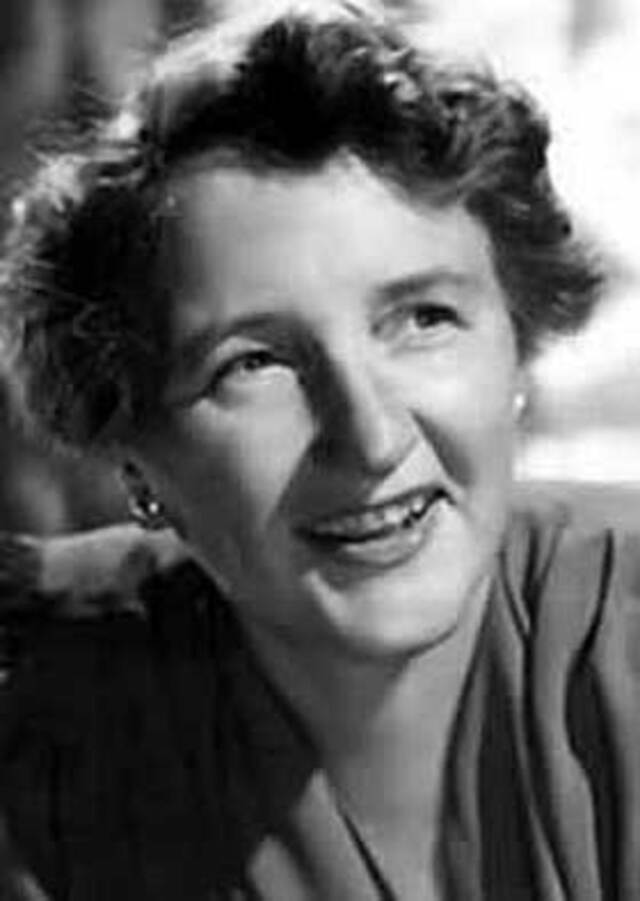
Marjorie Main, who portrayed Ma Kettle, had a long and varied career that helped her bring depth and humor to the character. Born Mary Tomlinson, she changed her name to avoid embarrassment to her father, a minister, and began performing in vaudeville before transitioning to Broadway. Her breakthrough came in the late 1930s when she recreated two of her Broadway roles in film, including her portrayal of Baby Face Martin’s mother in Dead End (1937).
Main’s performance as Ma Kettle was a departure from the more glamorous roles she had played earlier, but it showcased her unique ability to bring warmth and humor to a role. Known for her distinctive gravelly voice, Main made Ma Kettle a memorable and beloved character, and her chemistry with Percy Kilbride was integral to the success of the series.
Percy Kilbride: The Quiet Genius Behind Pa Kettle
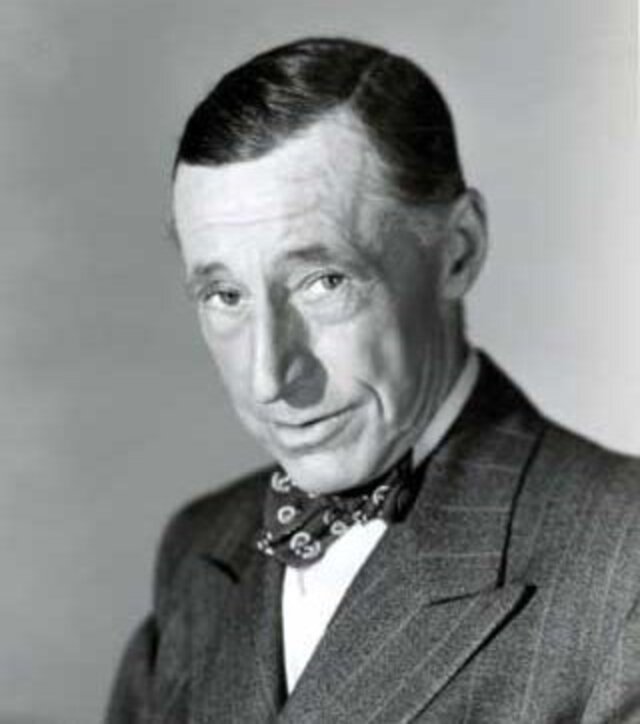
Percy Kilbride, who played Pa Kettle, was equally talented, though his background was more understated. Kilbride, who had been in theater since the age of 11, had a long career in both Broadway and film before landing the role of Pa. His portrayal of the quiet, unassuming Pa Kettle, with his laconic replies and deadpan humor, was a perfect complement to Main’s louder, more boisterous Ma.
Kilbride’s portrayal of Pa Kettle helped make the character relatable to audiences who found his calm demeanor and simple outlook refreshing in a world that was increasingly fast-paced and complex. Kilbride’s understated charm made Pa Kettle a beloved figure, and his gentle humor contributed significantly to the Kettle films’ success.
The Iconic Ma and Pa Kettle Moments and Their Lasting Appeal
The appeal of Ma and Pa Kettle lies not only in their comedic moments but also in the way their family dynamic resonated with audiences. Whether it was the chaos of trying to win prize money for Rosie’s college fund in Ma and Pa Kettle at the Fair (1952) or their misadventures in Paris in Ma and Pa Kettle Go on Vacation (1953), the Kettles were always lovable, relatable, and, most importantly, real.
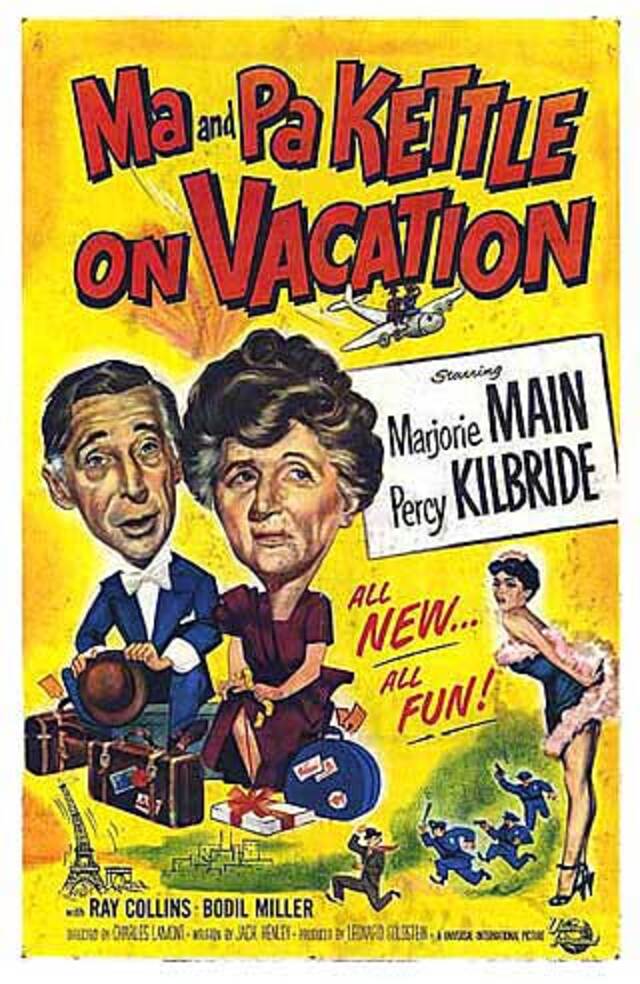
The films’ success was also built on the unique charm of the Kettle children, including eldest son Tom and the family’s interactions with quirky supporting characters like fast-talking salesman Billy Reed and the perpetually sick Birdie Hicks. These supporting characters, who had been introduced in The Egg and I, became recurring figures throughout the films, helping to maintain continuity and keep the Kettles’ world familiar and comforting to audiences.
The Final Films: The End of an Era
As the Kettle franchise grew in popularity, it eventually began to wind down. After Ma and Pa Kettle at Waikiki (1955), Percy Kilbride retired from the series, possibly due to early symptoms of Alzheimer’s disease. In his absence, two films were made—The Kettles in the Ozarks (1956) and The Kettles on Old MacDonald’s Farm (1957)—but without Kilbride, they lacked the magic that had made the earlier films so successful.
Despite the departure of the beloved Pa Kettle, the legacy of Ma and Pa Kettle lived on. The films had become a part of American cinematic history, and their influence could be seen in TV shows like Green Acres and The Beverly Hillbillies, which followed the same “fish out of water” comedy that the Kettles had pioneered.
Video
Join Ma & Pa Kettle as they tackle math in this fun video!
Conclusion: Ma and Pa Kettle – A Timeless Classic
In the end, the Ma and Pa Kettle films were not just about laughter—they were about the enduring power of love, family, and simplicity. Though they were never critically acclaimed, the Kettles’ innate goodness and humor made them beloved figures in American pop culture. Marjorie Main and Percy Kilbride’s portrayal of Ma and Pa Kettle will forever remain a classic example of how down-home charm and relatable humor can leave a lasting mark on cinema.
